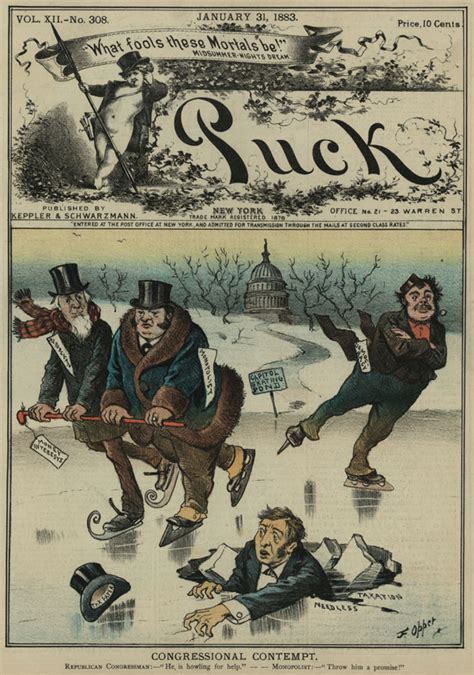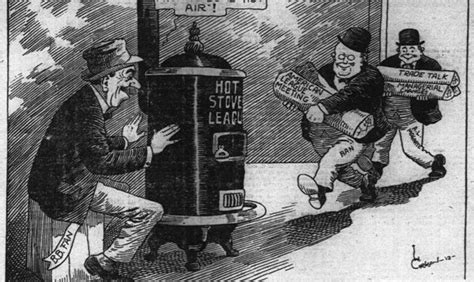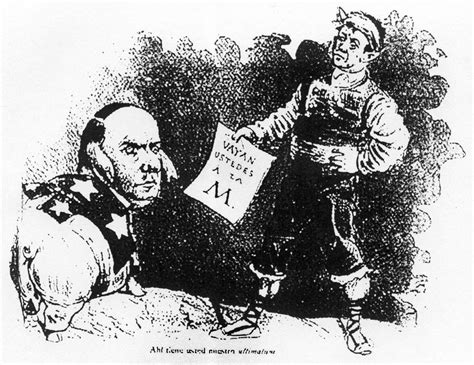April Fools’ Day, celebrated worldwide with humor and trickery, transcends cultural boundaries and showcases the universal appeal of laughter. This day, rich in history, offers a unique lens into the traditions and beliefs of diverse cultures, each with its own spin on the art of pranking. From ancient origins to modern digital-age tricks, the evolution of Fools Day pranks reflects the changing face of society while preserving the spirit of fun. In this exploration, we’ll delve into classic pranks that have stood the test of time, uncover cultural variations that highlight global diversity, and examine the psychology behind why we prank, all while considering the ethics that guide our playful mischief.
iigoi.com will lead an exploration of this topic in detail.
1. Historical Origins and Evolution of Fools Day Pranks
The origins of April Fools’ Day are shrouded in mystery, with various theories tracing its beginnings back to different historical periods and cultures. One widely accepted theory links the holiday to the transition from the Julian calendar to the Gregorian calendar in 1582. As the new year was moved from April 1st to January 1st, those who continued to celebrate the old date became the target of pranks and jokes, earning them the title of “April Fools.”
Some scholars believe that April Fools’ Day has its origins in ancient Roman festivities like Hilaria, which took place at the end of March. During Hilaria, people would wear costumes and playfully make fun of each other. Similar traditions of humorous trickery also existed in medieval Europe, where the Feast of Fools provided a chance for people to switch roles and engage in lighthearted pranks.
The tradition of April Fools’ Day spread across Europe, with each culture contributing its unique flavor. From France’s “Poisson d’Avril” to Scotland’s “Hunt the Gowk Day,” the celebration took on distinct regional forms. As time went on, April Fools’ Day became a global phenomenon, with pranks growing increasingly elaborate and imaginative. Despite its diverse origins, the fundamental spirit of the day remains unchanged: a joyful embrace of humor and a testament to the human spirit’s capacity for lightheartedness and fun.

2. Classic Pranks: Timeless Tricks That Never Fail
Some pranks have achieved classic status, enduring across the ages because of their simplicity and broad appeal. These timeless tricks often exploit fundamental human instincts, such as curiosity, surprise, or the tendency to trust familiar environments. This makes them both effective and endlessly repeatable.
The “Whoopee Cushion,” a simple device that creates an embarrassing sound upon sitting, is a classic prank. Invented in the early 20th century, it quickly became a staple of April Fools’ Day, providing harmless amusement for pranksters. Another timeless prank is the “Fake Bug” trick, where a realistic-looking insect is strategically placed in an unexpected location, such as a drawer or on someone’s food, causing a startled reaction.
“Fake Spills,” a prank involving the simulation of liquid using realistic yet harmless materials, continue to be a popular choice. Whether it’s a spilled coffee or a puddle of ink, the target’s initial panic is swiftly replaced by amusement and laughter once the truth is unveiled.
Even simple wordplay pranks, like the classic “I’m behind you!” trick, where the victim turns around to find nothing, have endured the test of time. These pranks remain popular because they tap into universal human experiences, allowing people to share in the joy of harmless fun, generation after generation.

3. Cultural Variations in Fools Day Pranks
April Fools’ Day may be celebrated around the world, but each culture brings its own flavor to the pranks and jokes that define the day. In France, for instance, the tradition of “Poisson d’Avril” involves sticking a paper fish onto someone’s back without their knowledge. This playful gesture, which dates back to the 16th century, is accompanied by cries of “April Fish!” once the prank is discovered.
In Scotland, the day is known as “Hunt the Gowk Day,” where a “gowk,” or fool, is sent on a wild goose chase with a letter instructing the recipient to pass it along to another person, continuing the prank. This trick often extends into “Taily Day,” a second day dedicated to pranks involving the posterior, like attaching a “kick me” sign to someone’s back.
Japan has its own unique take on the day, where pranks are often more subtle and rooted in wordplay. Here, puns and clever tricks that play on the meanings of words are common, reflecting the importance of language in Japanese culture.
These cultural variations highlight the universal appeal of laughter while showcasing the diverse ways in which humor is expressed across the globe. Each tradition, while distinct, shares the common thread of bringing joy and surprise to those involved.

4. Famous Fools Day Pranks Throughout History
April Fools’ Day is renowned for its legendary pranks, some of which have fooled thousands, even millions, of people. One such prank, from 1957, involved the BBC airing a segment about the “spaghetti harvest” in Switzerland. The broadcast showcased farmers picking strands of spaghetti from trees, leading many viewers to believe that pasta was a tree-grown crop. The prank was so convincing that several viewers called the station, inquiring about how they could cultivate their own spaghetti trees.
In 1985, Sports Illustrated pulled off a memorable prank. They published an article about Sidd Finch, a rookie baseball pitcher who could supposedly throw a fastball at an incredible 168 mph. The story, filled with made-up details and quotes, tricked many readers. It wasn’t until the magazine revealed it as an April Fools’ Day joke that the truth came out.
In 2015, Google released a playful update to its popular mapping service, “Google Maps: Pac-Man Edition.” This interactive prank allowed users to enjoy the classic arcade game superimposed on actual maps, creating a unique and engaging experience. The feature garnered widespread attention and amusement, captivating millions of users around the globe.
These legendary pranks have become woven into the fabric of April Fools’ Day, showcasing the boundless potential of ingenuity and the enduring charm of a skillfully crafted joke.
5. Modern Pranks in the Digital Age
In the digital age, April Fools’ Day pranks have evolved, leveraging technology and the vast reach of the internet to create elaborate and often viral tricks. Social media platforms, websites, and even major corporations have become key players in these modern pranks, using their resources to craft convincing and creative hoaxes.
One popular trend is the “fake product launch,” where companies announce absurd or outlandish products on April 1st. For example, in 2017, Amazon introduced “Petlexa,” a version of its Alexa device designed specifically for pets. The idea of animals using voice commands to order treats or control household devices amused and baffled audiences before the joke was revealed.
Online platforms also participate, with Google leading the way. Each year, the tech giant rolls out a series of pranks, like the 2013 “Google Nose,” which claimed to offer smell-based search capabilities. The prank was complete with a convincing demo, leaving users to wonder if scent-based browsing was truly the next big innovation.
These digital pranks have a global impact, often spreading rapidly and reaching millions. They showcase the adaptability of April Fools’ Day traditions in a modern context, where humor meets technology, and the line between reality and fiction is more easily blurred.
6. The Psychology and Ethics of Pranking
Pranking draws upon fundamental psychological principles, such as the pleasure derived from surprise, the release of tension through laughter, and the social connection fostered by shared humor. When executed effectively, a prank generates a moment of unexpected joy, forging closer bonds through a harmless trick. The element of surprise is paramount, eliciting a spectrum of emotional responses, from shock to delight, contingent upon the prank’s nature.
While pranking can be a fun way to celebrate April Fools’ Day, it’s crucial to consider the ethical implications. Crossing the line into cruelty or causing genuine distress can severely damage relationships and erode trust. The intent behind the prank is paramount – a prank done with kindness and consideration can be a source of amusement. However, targeting vulnerabilities or creating undue stress can be hurtful and undermine the spirit of fun. Striking a balance between humor and empathy ensures that April Fools’ Day remains a celebration of joy and lightheartedness.
April Fools’ Day celebrates the universal joy of laughter through a rich tapestry of pranks, from historical traditions to modern digital tricks. While pranks bring fun and surprise, it’s essential to balance humor with respect. By understanding their origins and impact, we can enjoy a playful day that uplifts and connects us all.
iigoi.com
